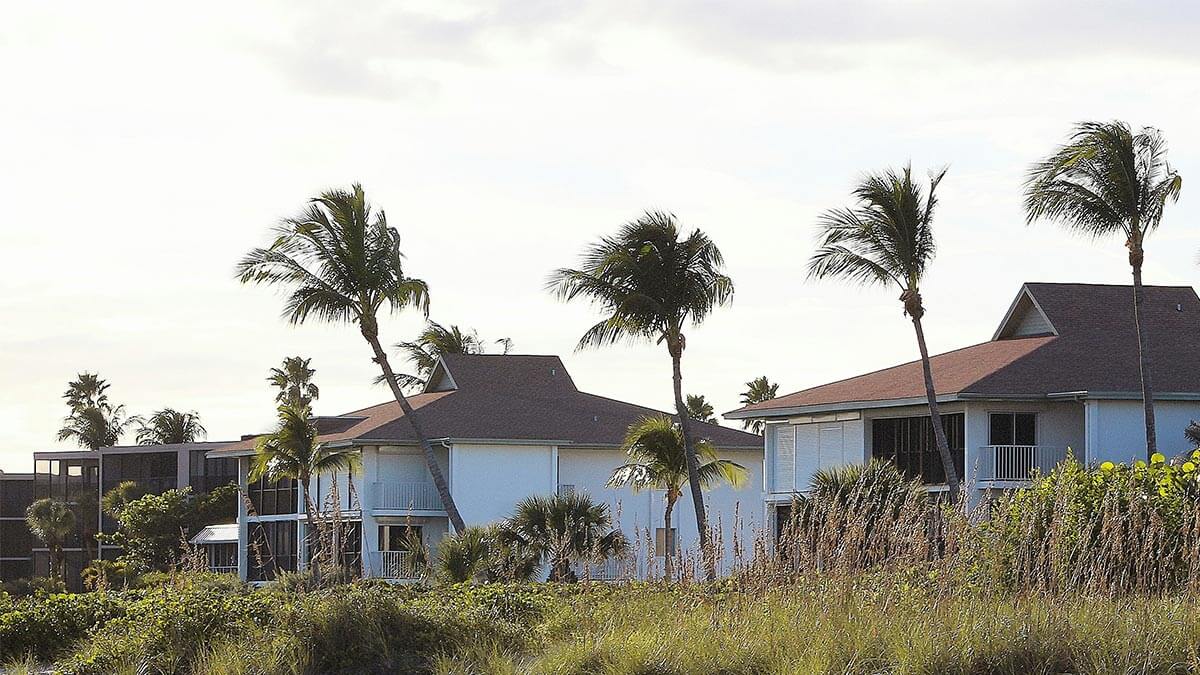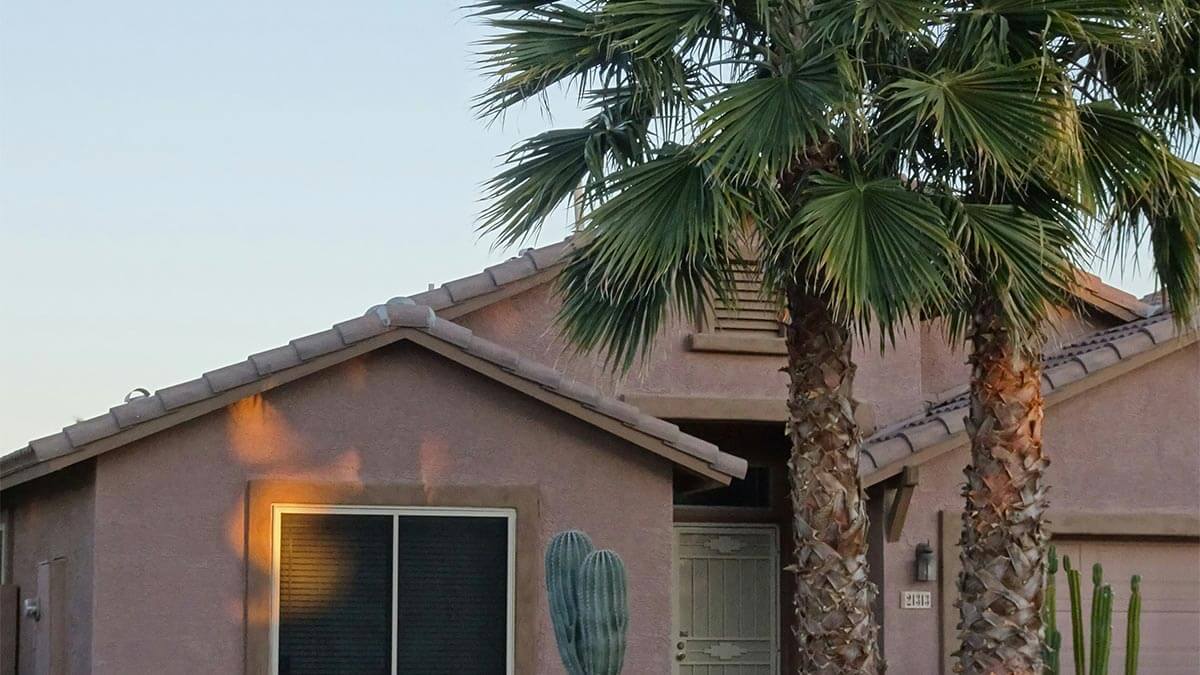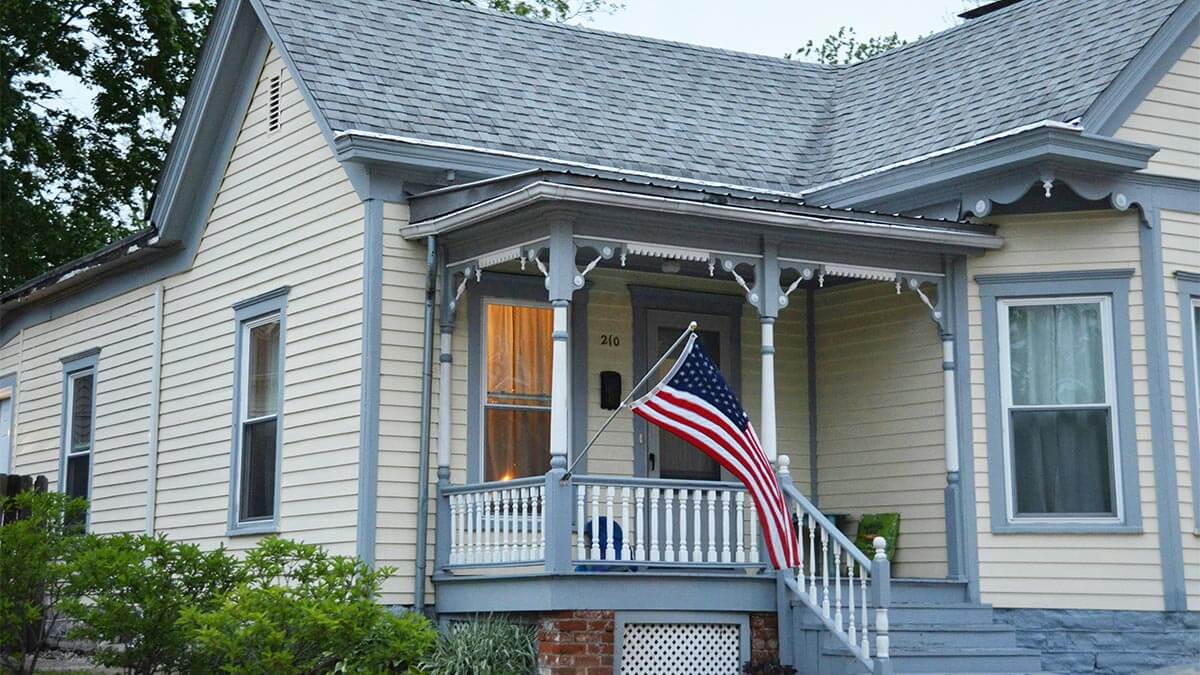The Orlando housing market had fewer than 5,000 homes on the market at the end of the year. That’s a record low of half what we normally see. We’ll go over inventory, interest rates, inflation, and all the factors shaping the Orlando-Kissimmee housing market in 2023.
From Orlando home prices to how inflation and interest rates are shaping home buying, we’ll dive into five reports that explain it all. Think of this as your go-to guide to the Orlando real estate market. Let’s get your Orlando real estate sold.
Discover your home’s worth online for free in minutes!
Is a fear of recession affecting the Orlando housing market?
Buyers and sellers in Orlando and across the country fear a recession is looming. Many experts feel that instead of a recession, we’re almost at a standstill, according to a report from WESH 2. Everyone is waiting for prices to drop or for more homes to come on the market. Many buyers are also hoping interest rates go down.
As a seller, it can be intimidating not knowing how many buyers can afford to move and where you can afford to move next. In time, interest rates and inflation will go down again. This will likely cause a refinance boom and a new uptick in home sales.
For now, buyers shouldn’t expect to see home prices drop anytime soon. Sellers still have the advantage of low inventory. If you’re looking to downsize, rent a home next, or unload a second or inherited home, this could be a great opportunity to seize the standstill.
If you’re willing to sell to a cash buyer, you can also avoid the interest rate hike and mortgage costs. There’s no waiting around for a buyer who needs financing. With an all-cash buyer, you don’t have to wait for fearful buyers who need to pay more for their mortgage.
Construction plans for the future
New construction is also shaping the 2023 Orlando market outlook. A new 42-acre hospitality and residential community is planned to break ground in 2023, according to reports from Rebusiness Online. This development will feature single-family homes, townhomes, and condo hotel portions.
Their partnership with the Disney Good Neighbor and Disney Vacation Home Rental also bodes well for the future of this development. Any uptick in new construction will help with the housing supply, the construction job market, the tourism and vacation rental market, and more.
Another boost to the new construction market in the Orlando area comes in the form of tiny homes, according to Click Orlando. Tiny homes have been approved for developers and homeowners. A tiny home is defined as a dwelling of less than 500 square feet.
Orlando sales bounce back despite rates increasing
The number of homes for sale is at its lowest since 2009, according to Biz Journals. Despite this and mortgage rates continuing to increase, Orlando home sales increased in February. This is a great sign that movement is happening.
As a seller, these stats show just how in demand your home is. There hasn’t been this low of an inventory in over a decade. Buyers need more homes to buy. The housing shortage is being felt all over the Orlando area, with buyers facing fewer homes to see.
With mortgage rates increasing, the fact that sales have increased is a great sign for sellers as well. This shows that buyers are out there and looking to buy homes. Many of these buyers do so despite rates which could be a sign that more and more are cash buyers.
What does the Orlando real estate market mean for buyers?
As a buyer, you may be fearful that there aren’t enough homes for sale in the market. Fewer homes mean fewer homes to look at, fewer to tour, and fewer options to choose from. This is understandable and nerve-wracking for someone looking for a new home.
With interest rates and inflation rising, it’s also difficult to afford the same house you could have just a year before. Interest rates have almost doubled, which means your potential payment has also increased. For some buyers, this could decrease what you qualify for.
If you have patience, however, and are in good financial standing, there are homes for sale for you. This is also a great opportunity to pay in cash if you’re able or to put more down to keep your mortgage payments lower or non-existent.
This is also a great opportunity to seek out a distressed property. You may find a deal on a home that you can later turn into your dream home. Refinancing later when mortgage rates go down is another option to save money in the future.
Selling your Orlando-Kissimmee-Sanford home on the traditional market
Selling your Orlando home on the traditional market is tougher these days. Many buyers want to see more options than they are. Buyers are spending a lot of money on real estate and interest rates. This means buyers are picky.
If you’re selling your home on the traditional market, you’ll want to make it show as well as it can. This means some repairs, proper staging, professional photos, great marketing, and more.
You may also need to deal with buyers who are facing tough financial times. Interest rates are high, and lenders are making it more difficult to achieve financing. This is where an as-is or cash offer may make this process simpler.
Why sell in today’s Orlando real estate market?
This is a great time to be a home seller in the Orlando area. With home inventory at an all-time low, buyers need your home. There is a shortage of homes for sale, giving you the upper hand.
If you’re nervous about selling in today’s market, the shortage of homes is a real advantage. You will also find that an as-is or cash offer is a great option to avoid the struggles from inflation and mortgage interest rates at this time.
An all-cash offer means no waiting for buyers to get approved by their lender and no mortgage red tape. All cash offers from an as-is buyer also mean a quicker close with less stress. This is a great opportunity to sell your home quickly and cash in on the low home inventory.
Buyers today can also be picky. They are facing tough times, and this means they want to see perfect homes. If your home needs work or will require a lot of tender love and care to show, an as-is offer is just what you need.
How selling to a cash buyer works in the Orlando housing market
Selling to a cash buyer is easier than you may think. With a professional as-is, cash-buying company, there is no need to sell your home on the traditional housing market. There is no need to stage your home, take pictures, and wait weeks or months for someone to make an offer.
You don’t have to have open houses, hundreds of showings, and worry that mortgages or buyers will fall through. There is no lender to wait for, long closing, or a long list of to-do items for you. A cash buyer is able to give you cash quickly, and you can close fast. This is great for those in financial distress, looking to relocate, going through a divorce, having medical issues, or those who are just looking to cash out quickly.
You can accept a cash offer on your primary residence, help an aging parent sell this way, sell an inherited home, or even a second home. You can get the cash you need quickly, without all the fuss of selling with a realtor and waiting for long closings.
Your home is evaluated quickly, you’ll receive a cash offer for your home, and you can choose a closing that works for you. You can take your cash quickly and move on to the next chapter in your life.
Sell your Orlando-Kissimmee home quickly
With interest rates at an all-time high, will houses ever become affordable again? Will inventory pick up? The Orlando housing market is full of questions like these. Thankfully, as a seller in Orlando, you have an advantage.
With a cash offer for your home, however, now is a great time to sell. The turmoil of interest rates and inventory is on your side as a seller. The professionals at iBuyer, can help tell you what your home is worth and help you sell your home quickly.




